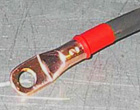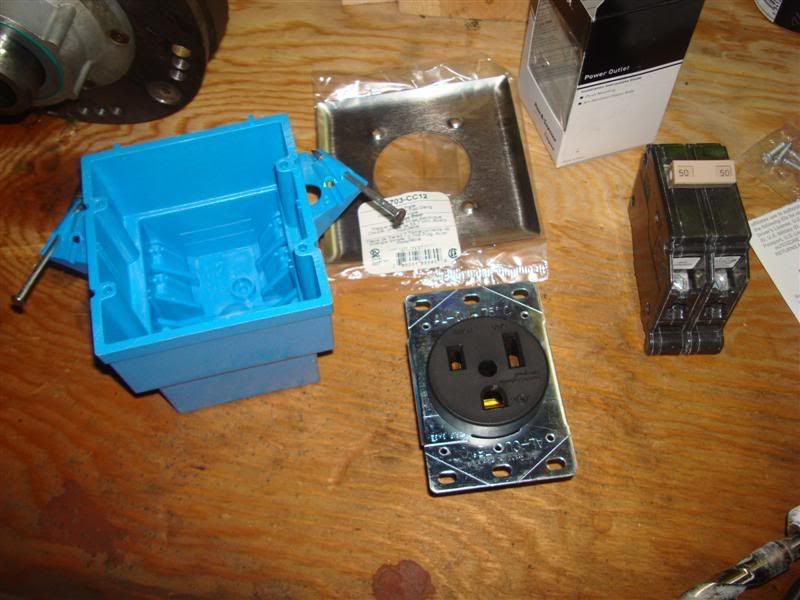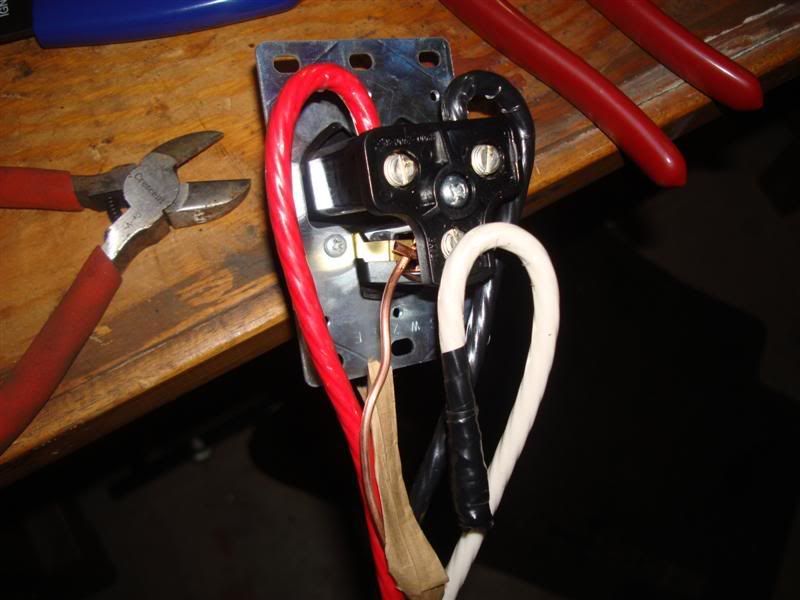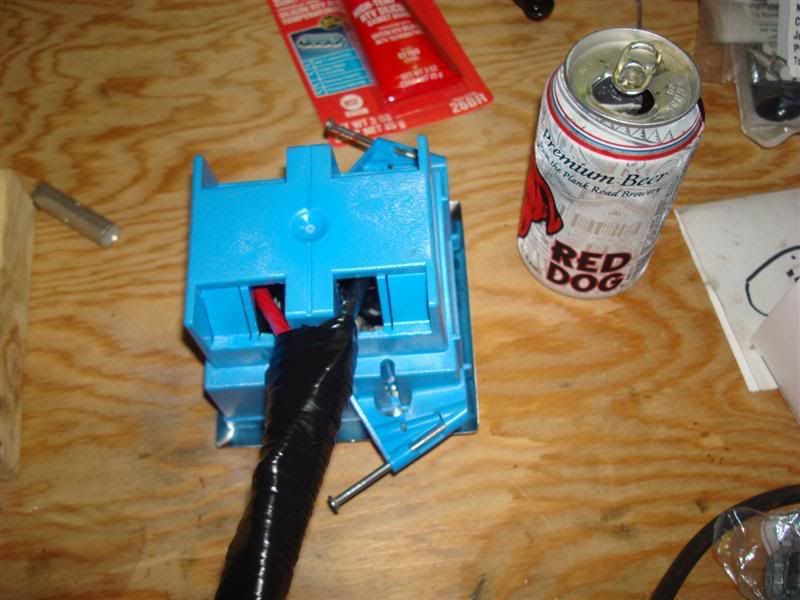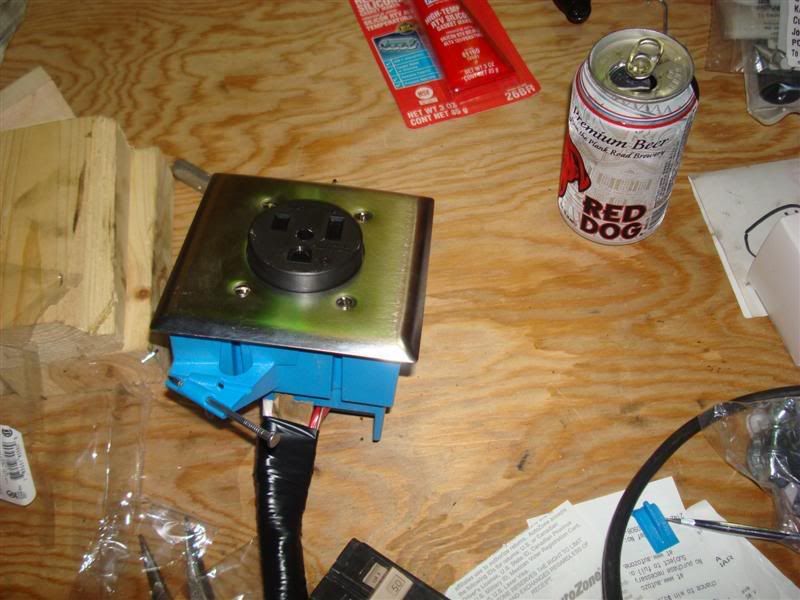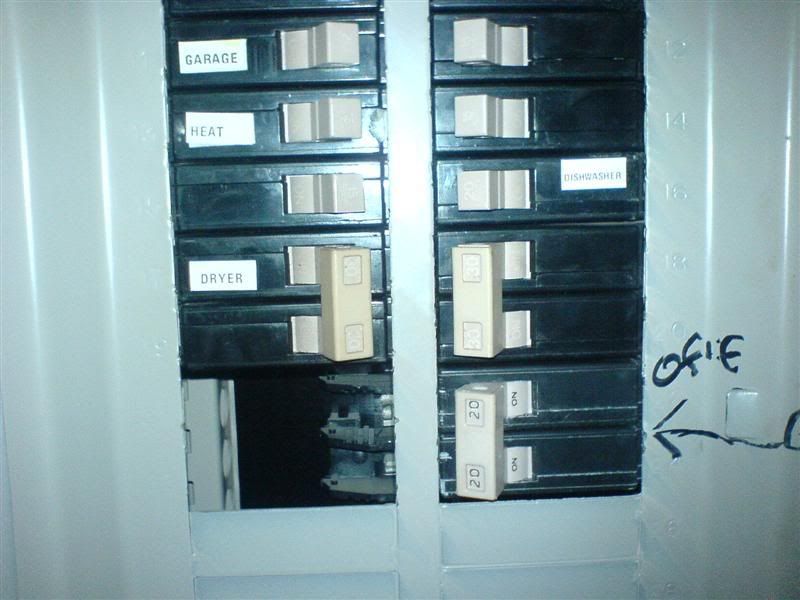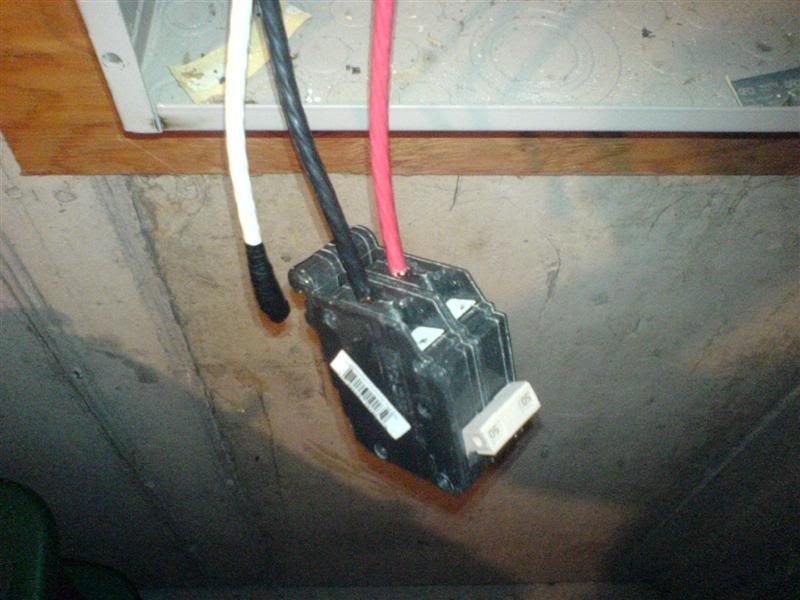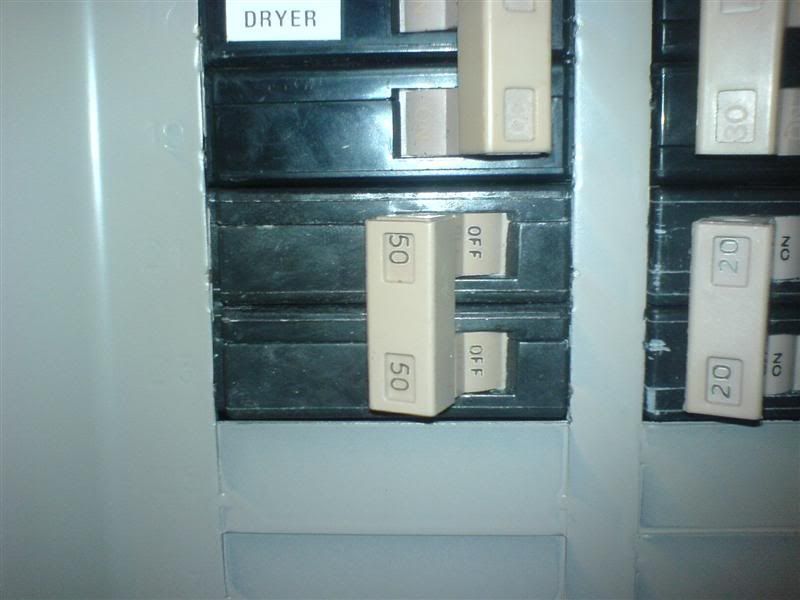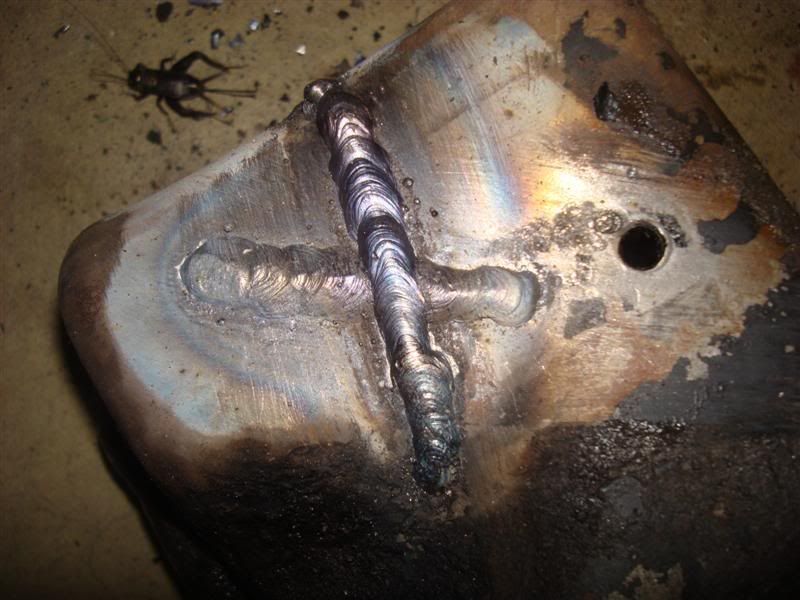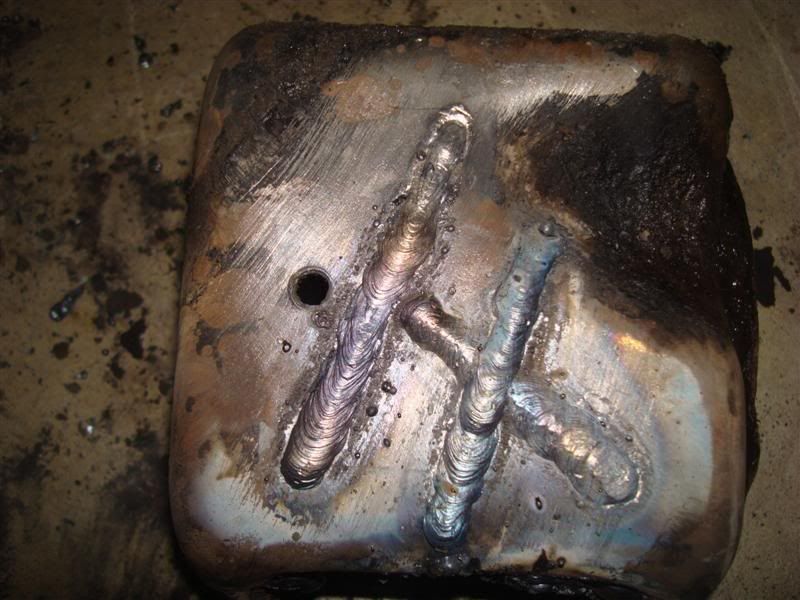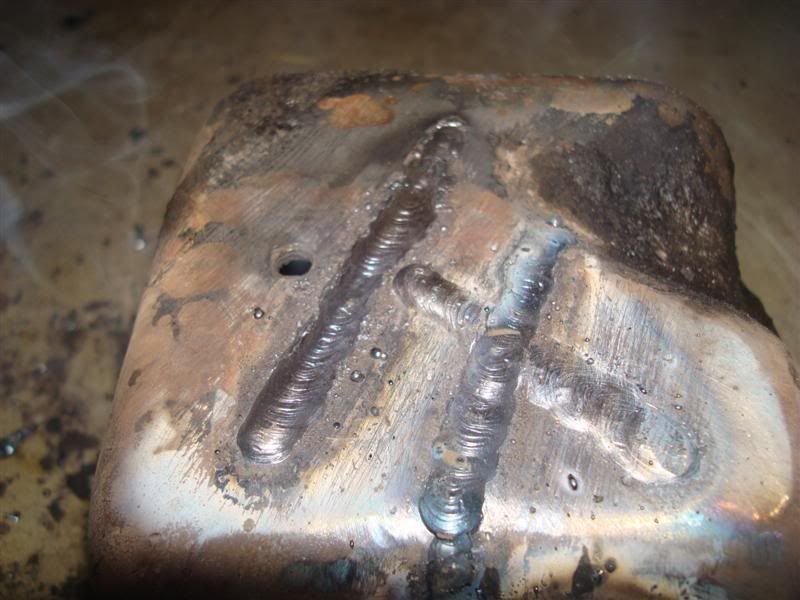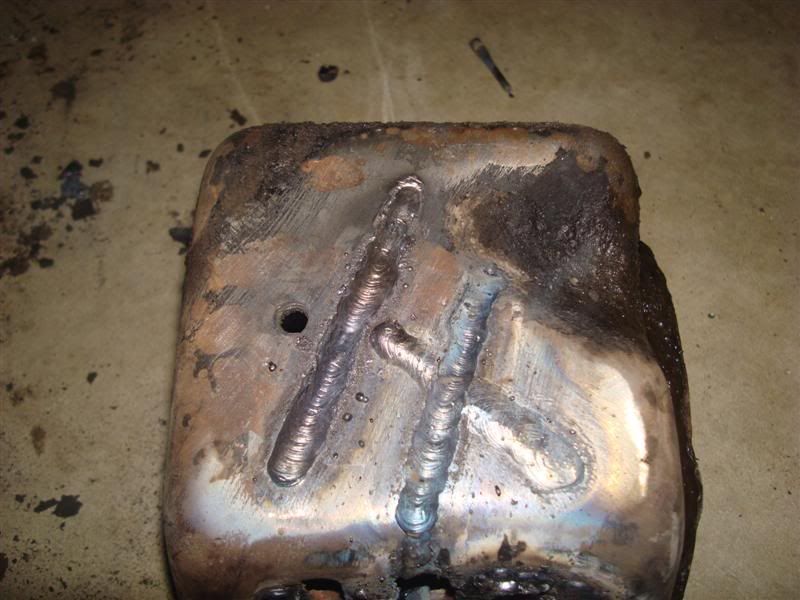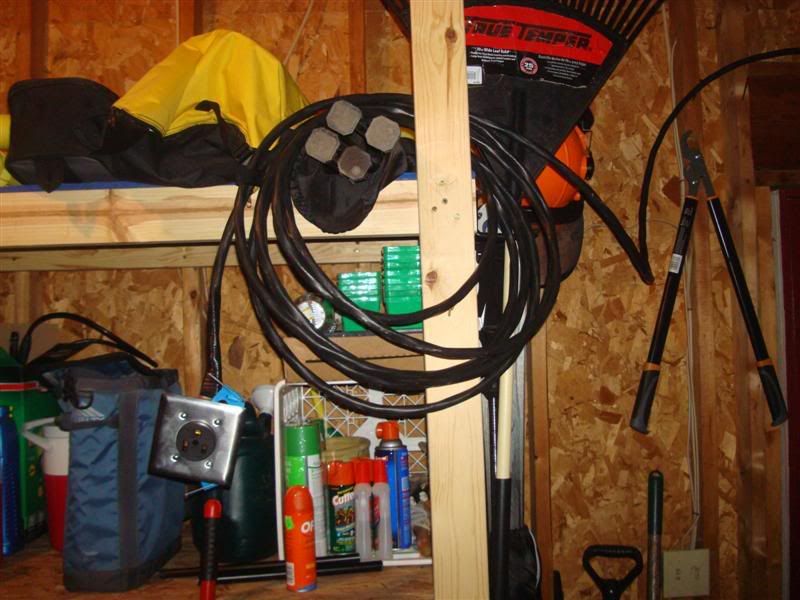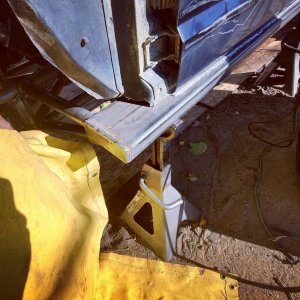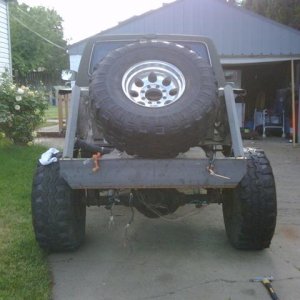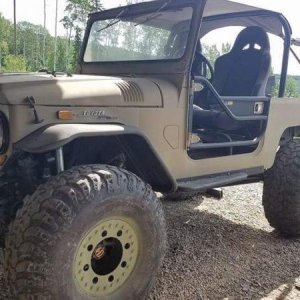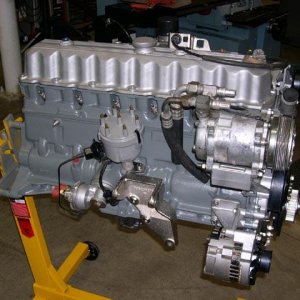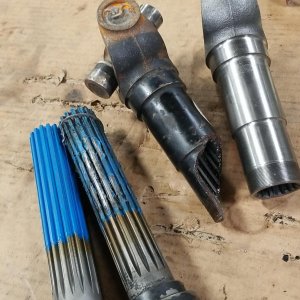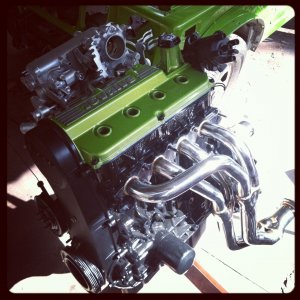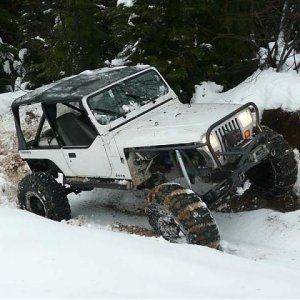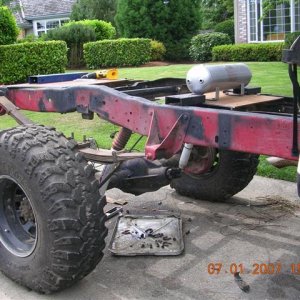Nuzzy
Well-Known Member
Well, the accident kinda ****ed up my ability to get a lot done this weekend. But I drug my hurtin ass out the the garage today and hobbled around a bit.
Started soldering and heat shrinking my cables. This is a 2' section of 4ga stereo cable from alt to starter.
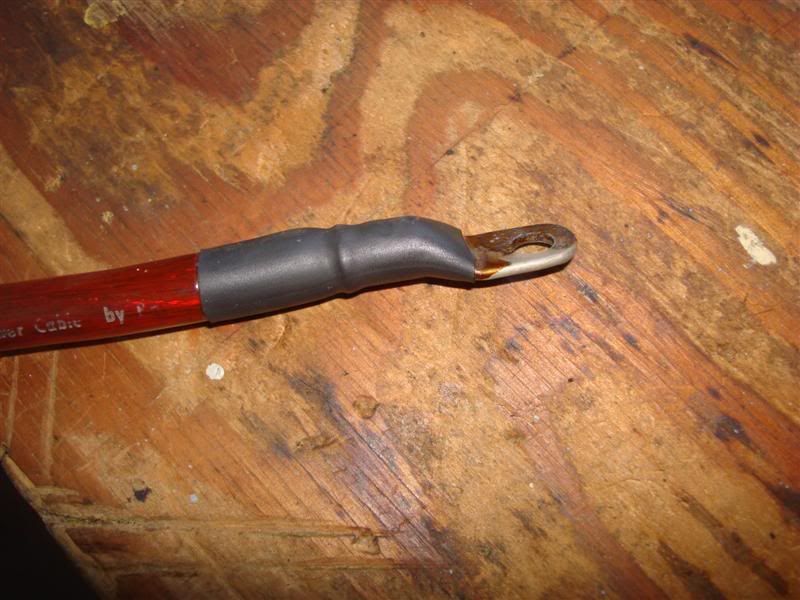
1/0 stereo grade for a ground (my batt grounds to the floor inside and then through a bolt to this which then grounds to the frame)
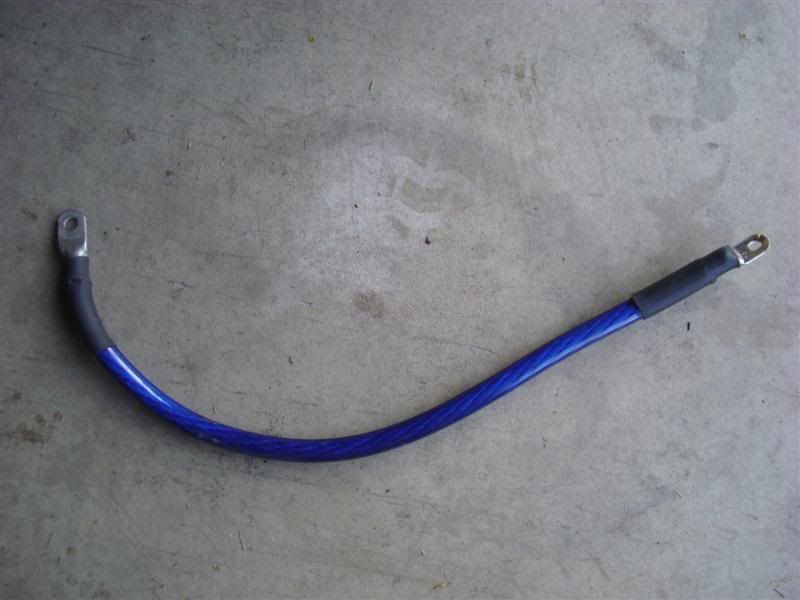
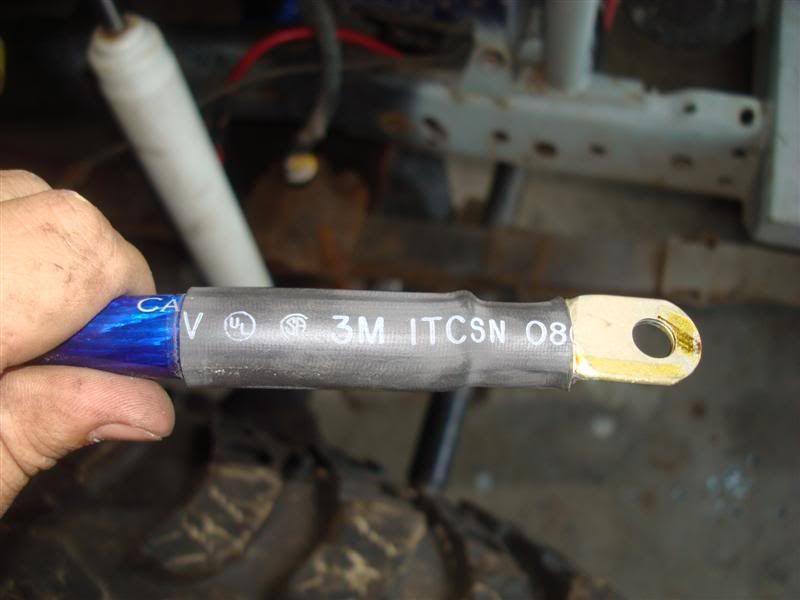
Yay for blowtorch soldering
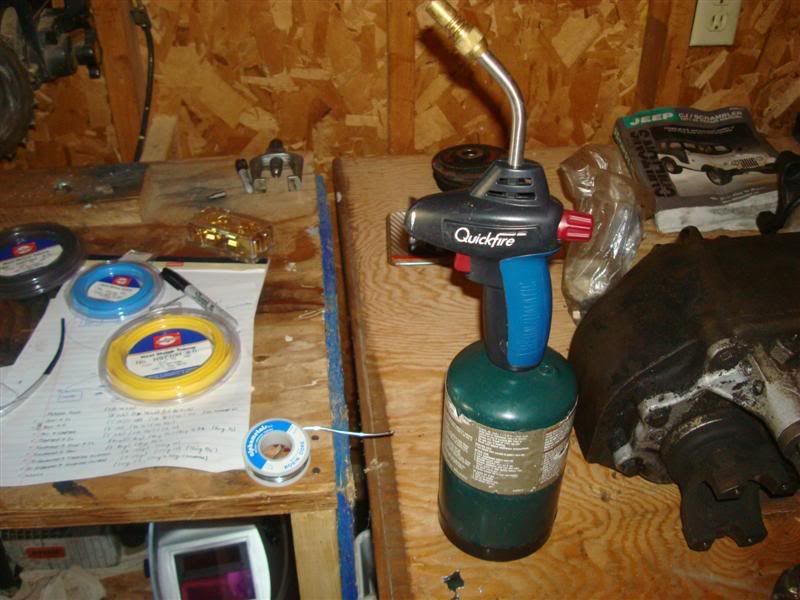
Then I got to work making a bracket for my inline fuse to the fan solenoid
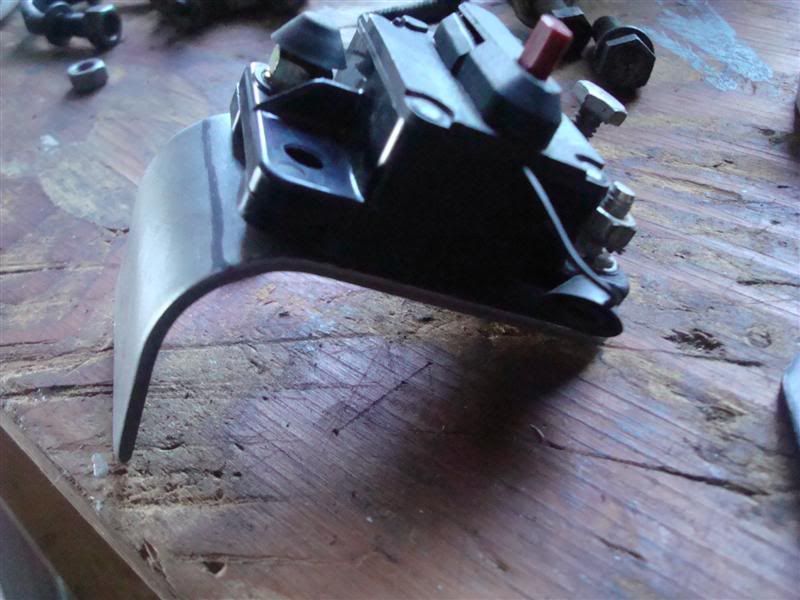
Figured I'd also have to make a bracket for the solenoid until I turned this lil fawker over and found the holes lined up almost perfect
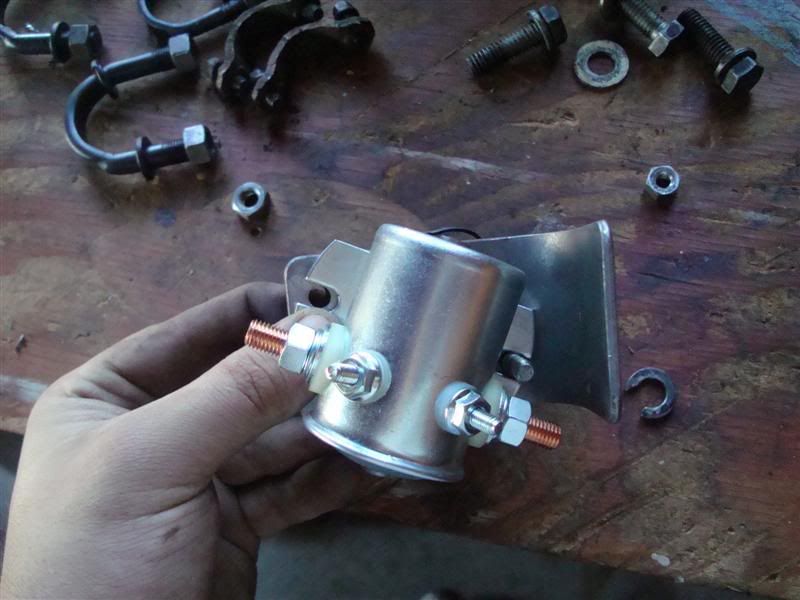

This will just tuck inside the passenger frame rail just above the axle and should be relatively safe
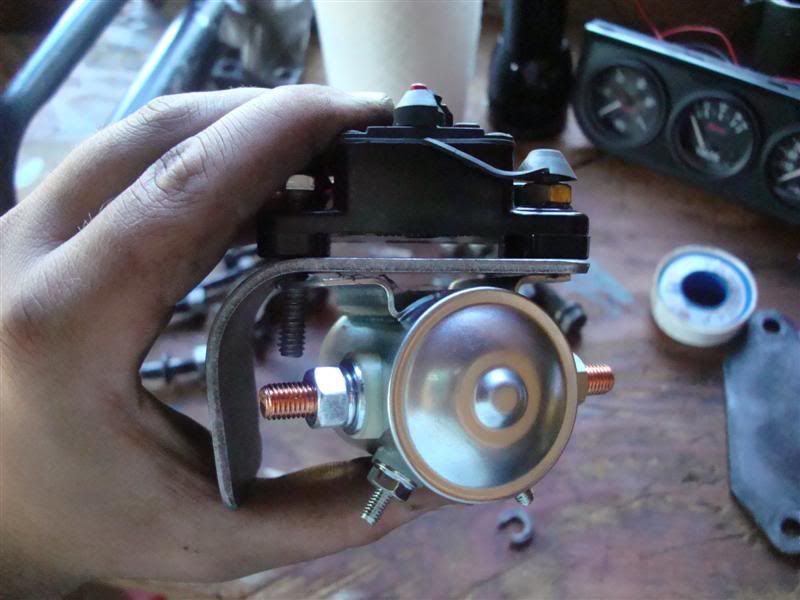
Back to wiring
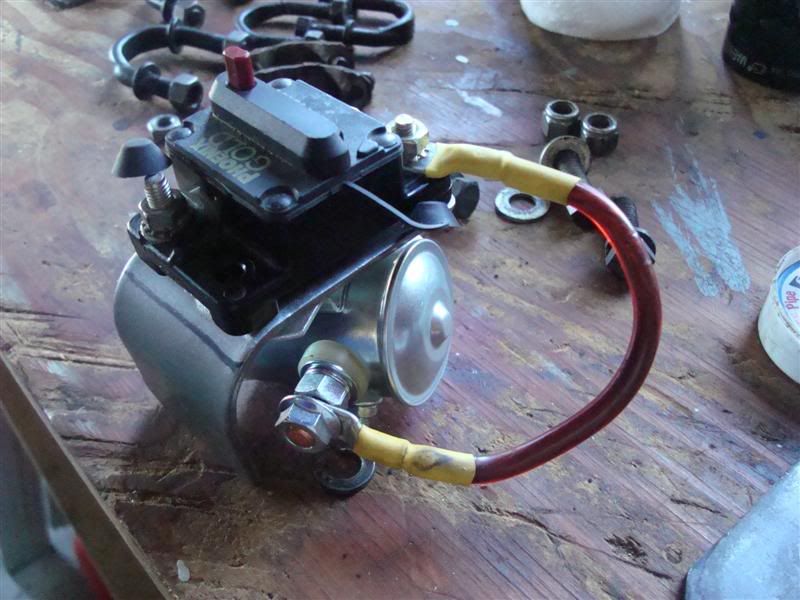
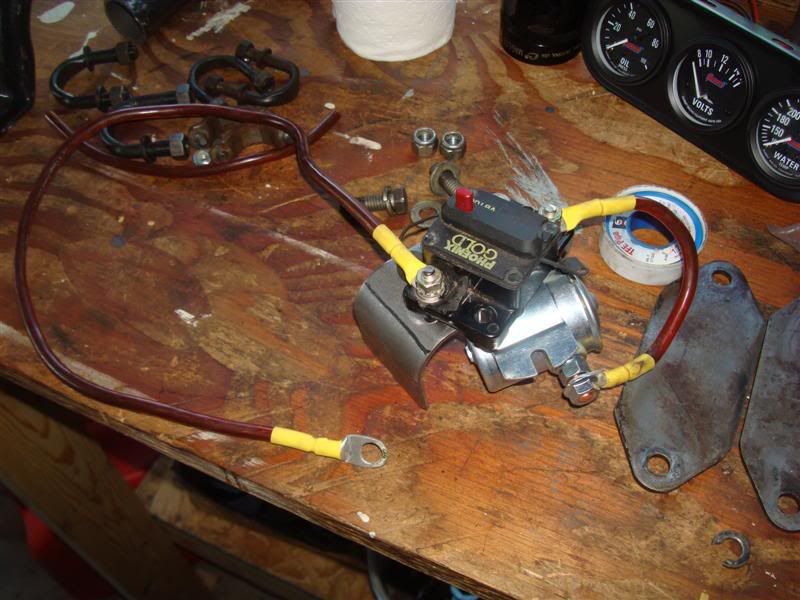
Then I started looking around for smaller 20A inline fuse to use as a jumper on the solenoid (and since I didn't get to go to NAPA today) decided to see if there was one I could steal from the truck. Thats when I found this :wtf:

Something went nuts there and wrecked havoc on that lil guy. I'm kinda wondering if that might be a connection for my exhaust brake which would explain the troubles it had when we were driving cross country. Anyways, I put on new connecters.
Also butt spliced my winch power cable back together with some 2ga copper butt splice dealy where it had been severed. Ain't pretty but should do the trick.
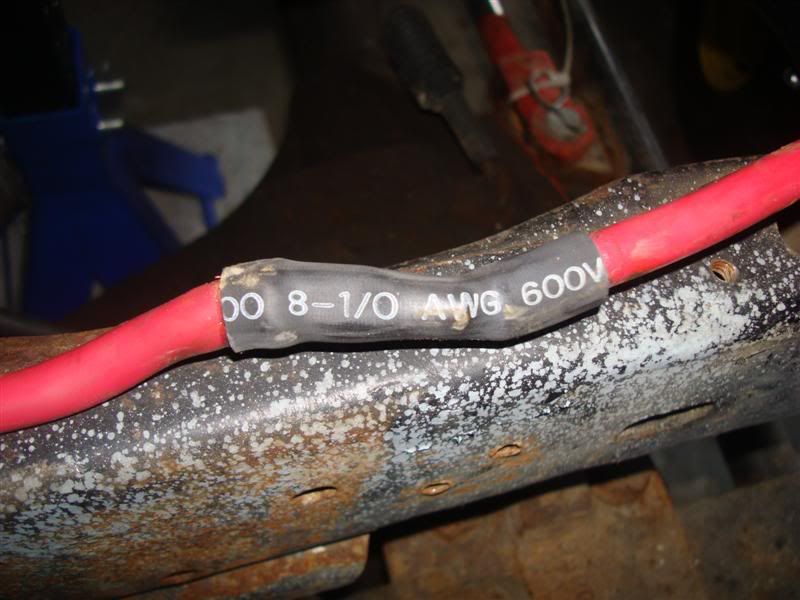
Next up is fitting this guy. I know it's a taurus fan (got for free from my dad), but I'm not sure if it's the 3.8L model everyone likes...? Either way, I'ma run it. If it turns out to be a lesser fan, I'll already have the wiring in place to get the "right" taurus fan.
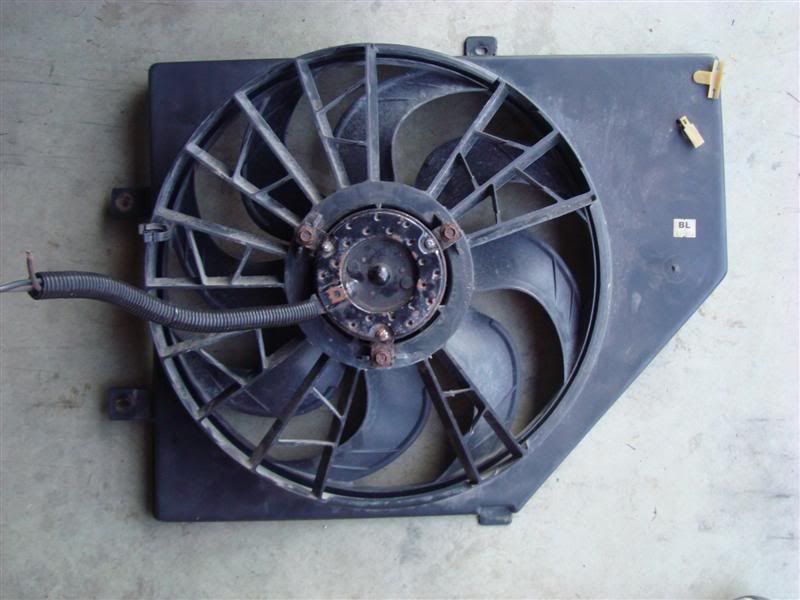
A wise man once told me, "Ya just gotta keep at it and at least do something every day" :beer:
Started soldering and heat shrinking my cables. This is a 2' section of 4ga stereo cable from alt to starter.

1/0 stereo grade for a ground (my batt grounds to the floor inside and then through a bolt to this which then grounds to the frame)


Yay for blowtorch soldering

Then I got to work making a bracket for my inline fuse to the fan solenoid

Figured I'd also have to make a bracket for the solenoid until I turned this lil fawker over and found the holes lined up almost perfect


This will just tuck inside the passenger frame rail just above the axle and should be relatively safe

Back to wiring


Then I started looking around for smaller 20A inline fuse to use as a jumper on the solenoid (and since I didn't get to go to NAPA today) decided to see if there was one I could steal from the truck. Thats when I found this :wtf:

Something went nuts there and wrecked havoc on that lil guy. I'm kinda wondering if that might be a connection for my exhaust brake which would explain the troubles it had when we were driving cross country. Anyways, I put on new connecters.
Also butt spliced my winch power cable back together with some 2ga copper butt splice dealy where it had been severed. Ain't pretty but should do the trick.

Next up is fitting this guy. I know it's a taurus fan (got for free from my dad), but I'm not sure if it's the 3.8L model everyone likes...? Either way, I'ma run it. If it turns out to be a lesser fan, I'll already have the wiring in place to get the "right" taurus fan.

A wise man once told me, "Ya just gotta keep at it and at least do something every day" :beer:
Last edited:

